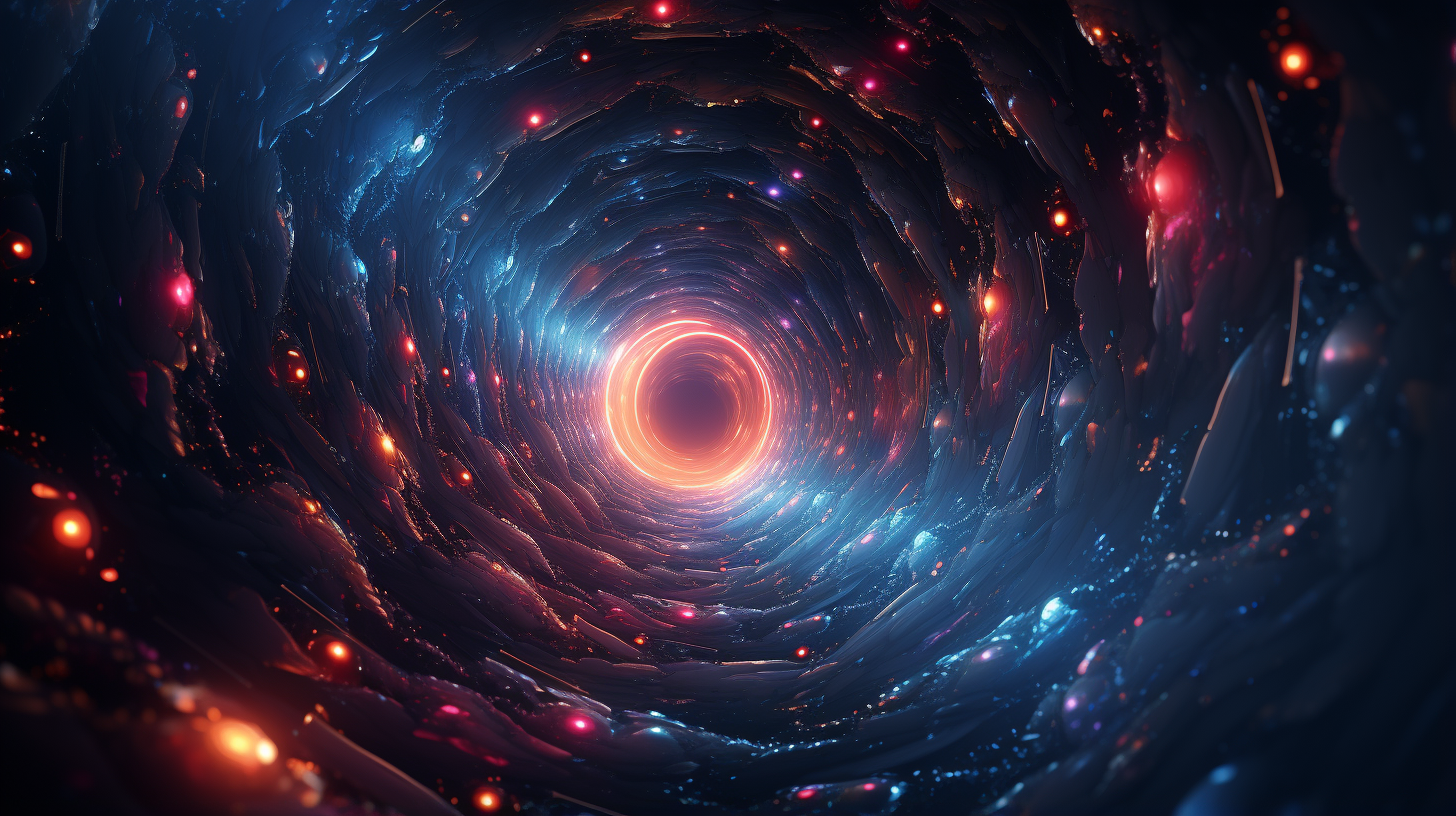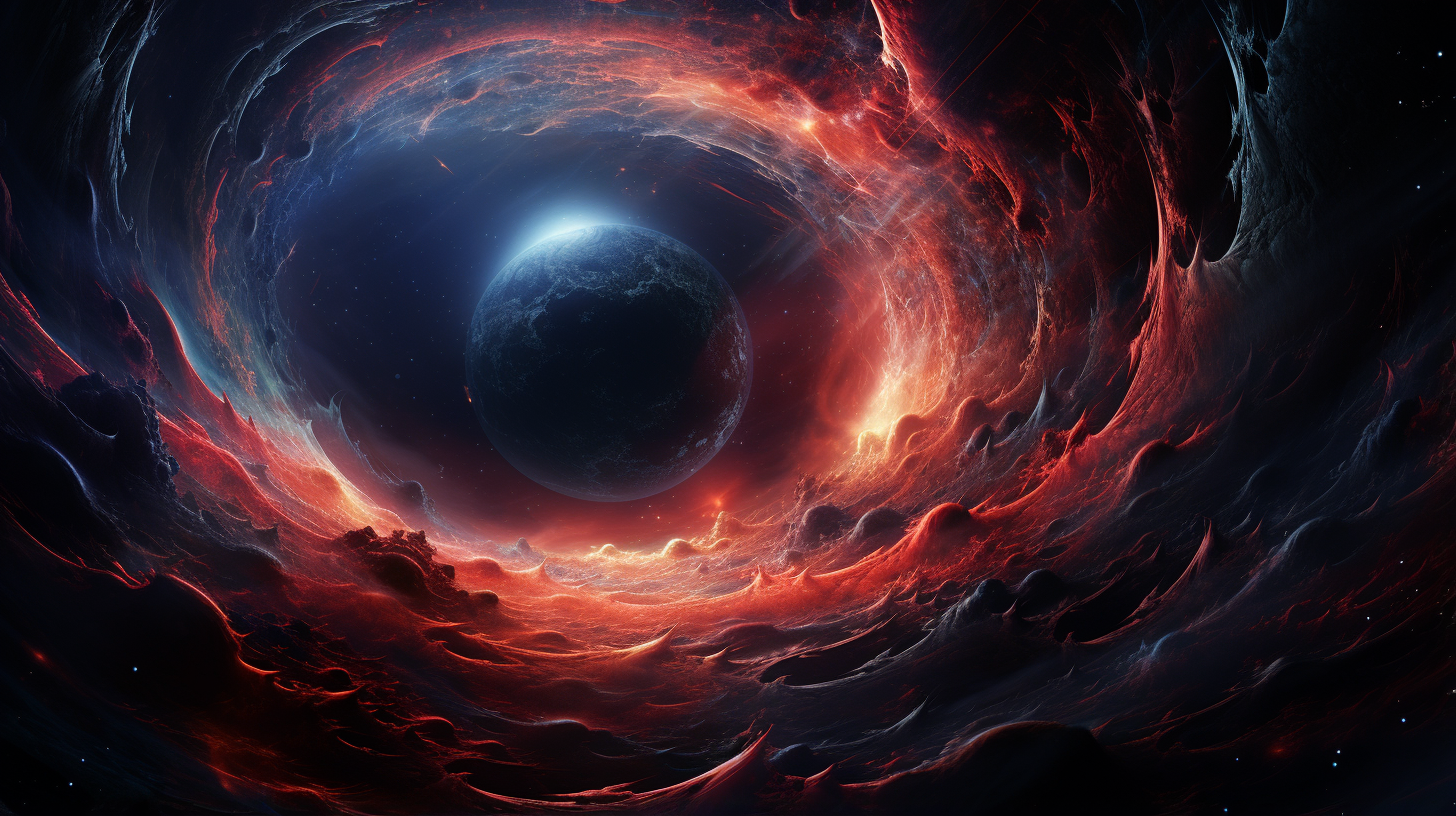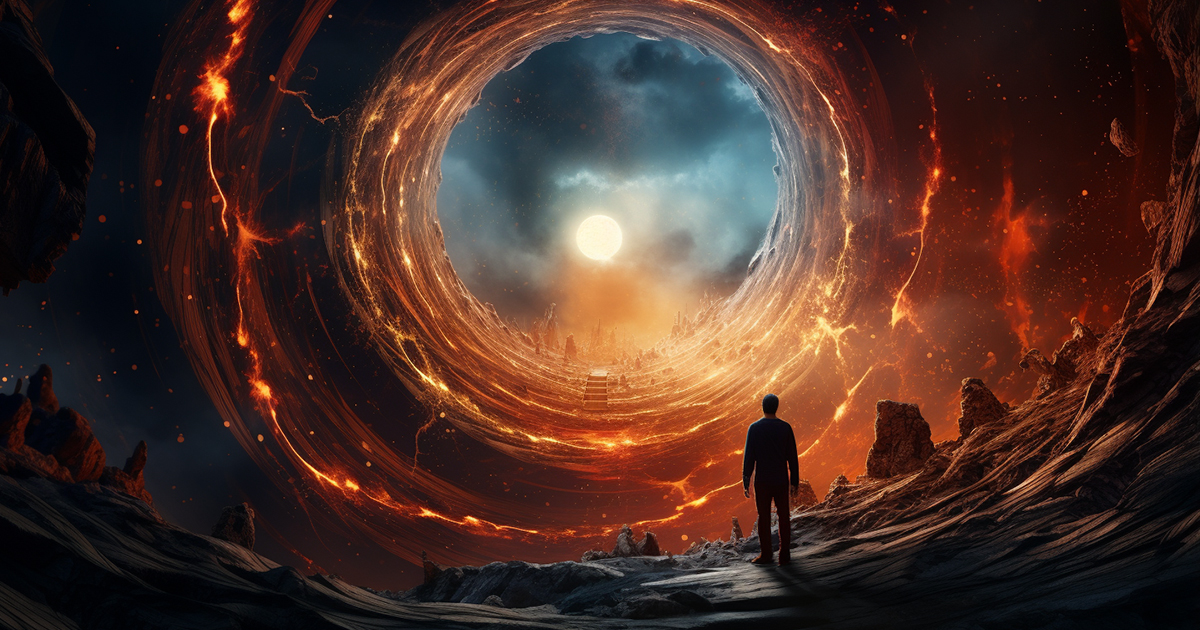Throughout the annals of science, pivotal moments have emerged, reshaping our understanding of the vast cosmos and our position within it.
A significant juncture unfolded in July 1935 at the Institute for Advanced Study in Princeton, New Jersey, where renowned physicists Albert Einstein and Nathan Rosen collaborated on a groundbreaking concept.
This revolutionary idea had the potential to revolutionize our perception of the fabric of space-time, revolving around the enigmatic concept of wormholes.
While Albert Einstein’s Theory of Relativity had already transformed our comprehension of the universe, the proposal by Einstein and Rosen transcended the bounds of conventional imagination.
They theorized that the Theory of Relativity could facilitate shortcuts through the space-time continuum, forming passages known as “Einstein-Rosen bridges,” colloquially referred to as wormholes.

But what exactly constitute these wormholes, and what renders them so captivating? Envision a sheet of paper bent and punctured to connect two distant cosmic points. That serves as the foundational premise behind a wormhole.
If these cosmic conduits indeed exist, they might interlink far-flung regions of the universe, offering a potential avenue for interstellar voyages that captivates both scientists and science fiction aficionados.
Reflect on the vast expanses of the cosmos. The nearest star system to Earth lies a staggering 4.2 light-years away. To put it in perspective, one would need to travel at the speed of light, an astonishing 186,000 miles per second, for over four years merely to reach it.
Wormholes, if viable, could represent the only conceivable means to span such immense cosmic distances.
Yet, a caveat remains. Constructing a traversable wormhole, as understood based on current scientific knowledge, would demand an astronomical level of energy far beyond our current technological capacities. This necessitates the consideration of “exotic matter.”
This theoretical substance, featuring negative mass, remains shrouded in mystery and unverified within established physics, offering a tantalizing prospect while raising more questions than answers.

To grasp the energy requirement, imagine converting the entirety of Jupiter’s mass, the largest planet in our solar system, into pure energy. The result would yield an unfathomable release of power, surpassing the destructive force of a nuclear explosion by millions of times. Such energy levels surpass our current technological limits.
However, the cosmos itself may present clues hinting at the potential existence of wormholes. In 1991, scholars at Vanderbilt University postulated an intriguing idea: the tumult of the Big Bang, the cataclysmic genesis of our universe, might have not only birthed the universe but also spawned myriad minuscule wormholes.
Over billions of years, these tiny cosmic shortcuts could have expanded and evolved, potentially transforming into traversable pathways.
This raises a compelling query: Could wormholes have influenced ancient occurrences? Some theorists speculate that if such cosmic conduits existed, they might have been utilized by extraterrestrial civilizations to visit Earth.
Could wormholes shed light on ancient encounters with celestial beings or extraterrestrial entities? This notion sparks the imagination and unveils intriguing possibilities about the enigmas of our history.
In essence, the concept of wormholes, stemming from the genius of Einstein and Rosen, continues to captivate scientists and enthusiasts alike. While the feasibility of harnessing these cosmic gateways poses a monumental hurdle, the exploration of their existence pushes the boundaries of our comprehension of the universe. Wormholes serve as a testament to the enduring allure of science and the profound mysteries that dwell beyond the celestial realm.
